New technology to reduce emissions – plans for a CCS facility in Helsingborg

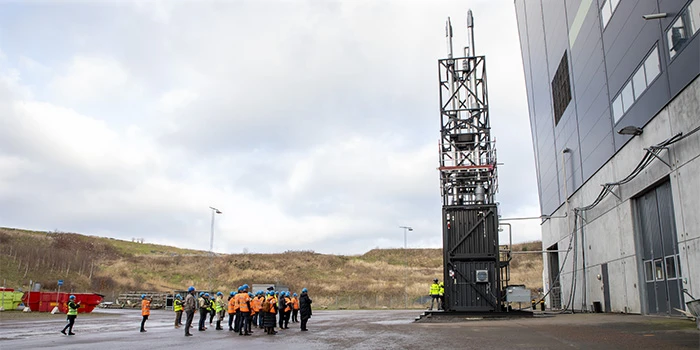
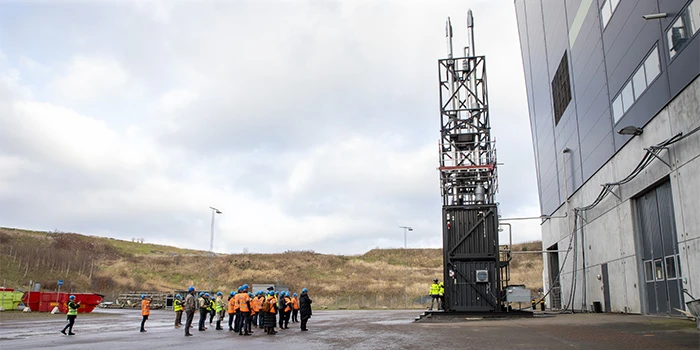
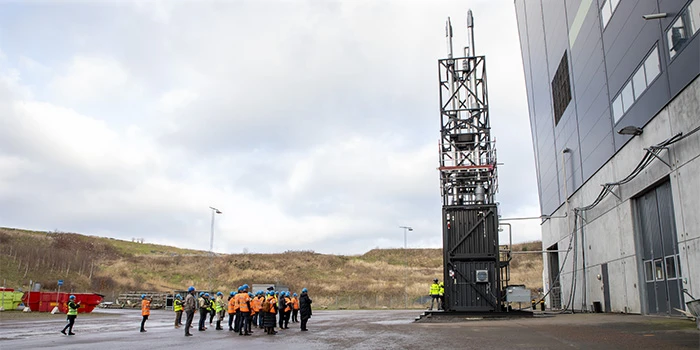
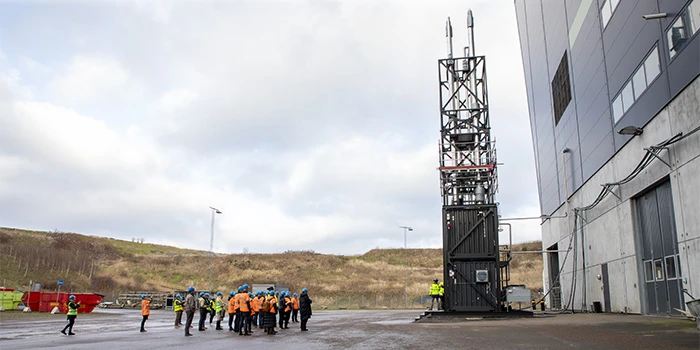
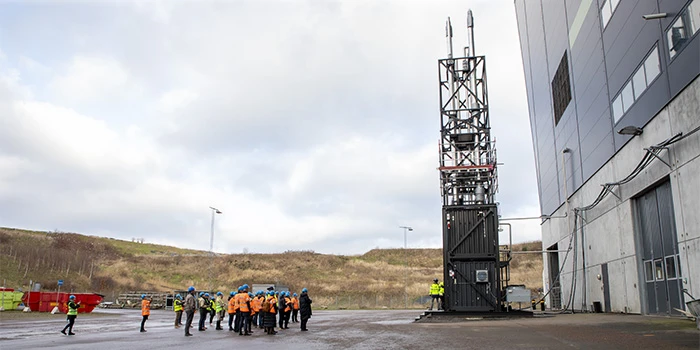
Energy company Öresundskraft is planning a carbon dioxide capture facility. “We are facing a gigantic challenge.” These were the words of Öresundskraft’s CEO Anders Östlund when the company recently brought together representatives of the city, business and industry at a conference centre at the Filbornaverket plant.
The plan for the day was to demonstrate a CCS facility which had recently been tested at the actual Filbornaverket plant. CCS stands for “Carbon Capture and Storage” and, simply put, means that you capture the carbon dioxide that is emitted when waste is incinerated and then store it at a specially designated location. Emissions are reduced as a result, because the carbon dioxide does not enter the atmosphere.
– “I can see a massive benefit from CCS and, in my view, it is absolutely necessary if we are to manage to be climate-neutral by 2030,” said Anders Östlund to the assembled audience.
Investing SEK 70 million on more investigation work
At the end of 2022, the municipal company Öresundskraft took the decision – or rather expressed what may loosely be termed a declaration of intent – to have a carbon dioxide separation facility in operation by 2027. The final decision will be taken in 2025, but the company has already put aside SEK 70 million for planning and development and more investigation work.
This is because a number of things have to fall into place before CCS at the Filbornaverket plant can become a reality. Various licences are required, as are financing and not least a good business model. They also need to work out the design of the exact layout and how big the future facility needs to be.
Currently, much of the city’s residual waste ends up at the Filbornaverket plant, which produces district heating by incinerating it. Once a CCS facility has been established, it will capture the carbon dioxide emitted when the plant burns waste. The captured carbon dioxide then needs to be stored underground in a final storage location. However, a decision about a suitable location still has to be taken, and ways of transporting the waste to the storage space have to be found. A further alternative going forward is for some of the carbon dioxide waste to be dealt with in a different way, e.g. by being sold on for the production of liquid fuel. There are many alternatives, and now, as stated above, more investigation work awaits.
Responsible for 19 per cent of emissions
Emissions from electricity and district heating production currently account for around 19 per cent of total carbon dioxide emissions in Helsingborg. With a CCS facility on site, Öresundskraft expects a very significant reduction in that percentage.
– “We anticipate being able to capture 90 per cent year on year,” says Ann-Sofie Lindqvist, Project Manager at Öresundskraft.
Several of the companies present at the demonstration of the test facility have already declared their willingness to work with Öresundskraft on the basis of the future investment.
Here you can read more about CCS technology and Öresundskraft’s plans for the future. (link to the Öresundskraft website).
